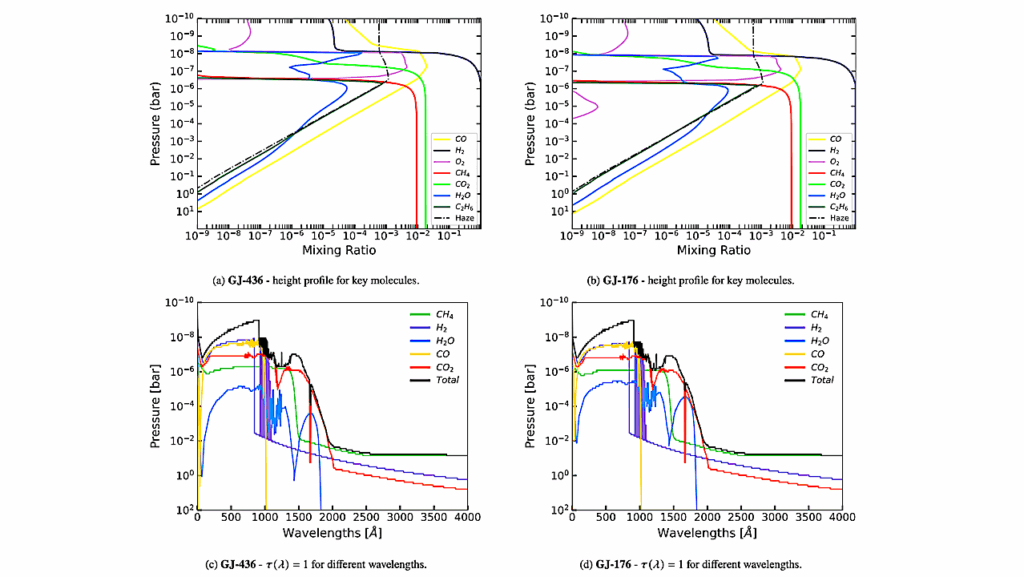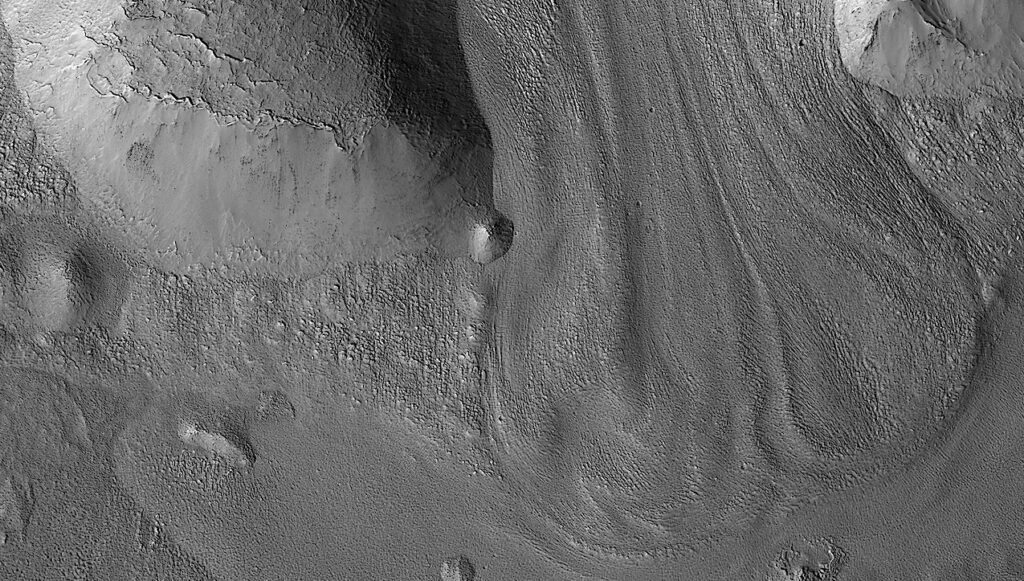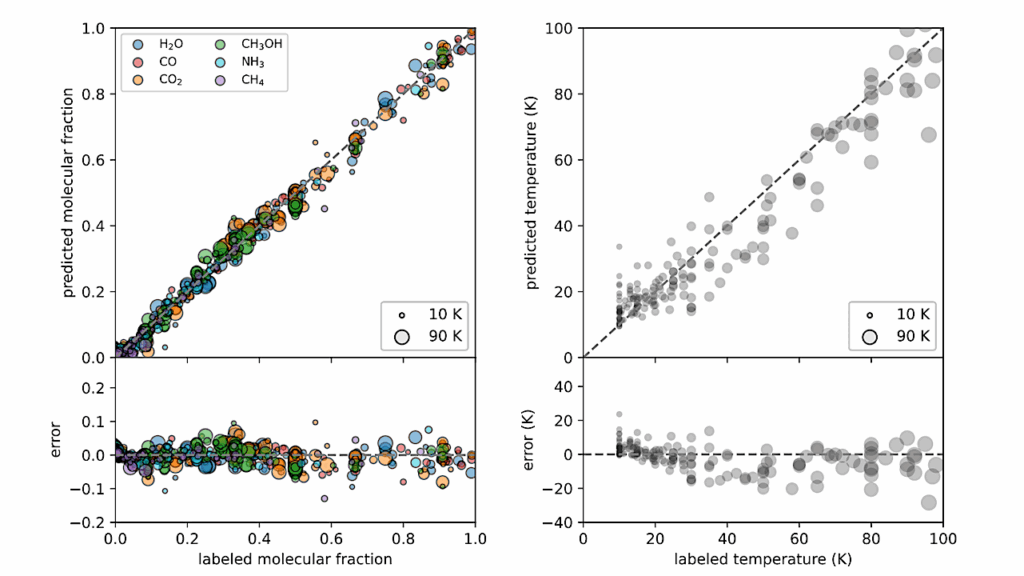Simulating Reflected Light Coronagraphy Of Earth-like Exoplanets With Large IR/O/UV Space Telescope: Impact And Calibration Of Smooth Exozodiacal Dust

Observing Earth-like exoplanets orbiting within the habitable zone of Sun-like stars and studying their atmospheres in reflected starlight requires contrasts of ∼1e−10 in the visible.
At such high contrast, starlight reflected by exozodiacal dust is expected to be a significant source of contamination.
Here, we present high-fidelity simulations of coronagraphic observations of a synthetic Solar System located at a distance of 10 pc and observed with a 12 m and an 8 m circumscribed aperture diameter space telescope operating at 500 nm wavelength.
We explore different techniques to subtract the exozodi and stellar speckles from the simulated images in the face-on, the 30 deg inclined, and the 60 deg inclined case and quantify the remaining systematic noise as a function of the exozodiacal dust level of the system.
We find that in the face-on case, the exozodi can be subtracted down to the photon noise limit for exozodi levels up to ∼1000 zodi using a simple toy model for the exozodiacal disk, whereas in the 60 deg inclined case this only works up to ∼50 zodi.
We also investigate the impact of larger wavefront errors and larger system distance, finding that while the former have no significant impact, the latter has a strong (negative) impact. Ultimately, we derive a penalty factor as a function of the exozodi level and system inclination that should be considered in exoplanet yield studies as a realistic estimate for the excess systematic noise from the exozodi.
Jens Kammerer, Christopher C. Stark, Kevin J. Ludwick, Roser Juanola-Parramon, Bijan Nemati
Comments: 20 pages, 9 figures, accepted for publication in AJ
Subjects: Earth and Planetary Astrophysics (astro-ph.EP); Instrumentation and Methods for Astrophysics (astro-ph.IM)
Cite as: arXiv:2210.03098 [astro-ph.EP] (or arXiv:2210.03098v1 [astro-ph.EP] for this version)
https://doi.org/10.48550/arXiv.2210.03098
Focus to learn more
Submission history
From: Jens Kammerer
[v1] Thu, 6 Oct 2022 17:51:22 UTC (3,850 KB)
https://arxiv.org/abs/2210.03098
Astrobiology








